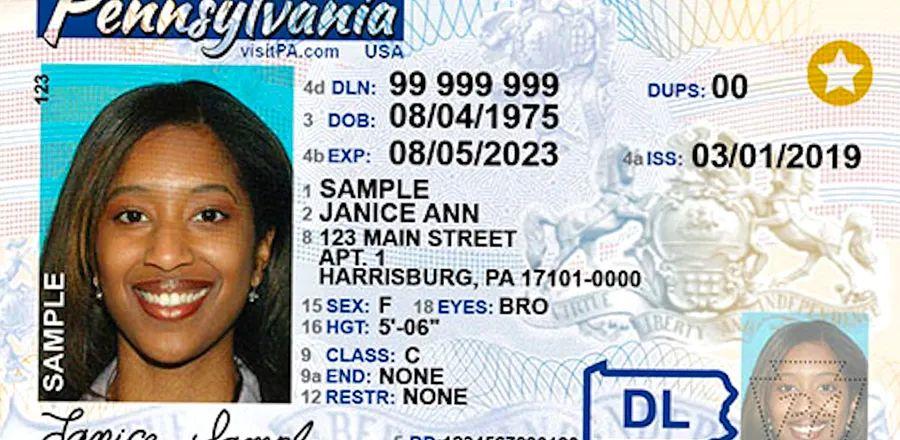The deadline for obtaining a Real ID has once again been postponed.

Previously, travelers were required to have a Real ID—necessary for boarding all domestic flights—by May 3, 2023. However, on Monday, the Department of Homeland Security (DHS) announced that the enforcement of the Real ID requirement has been delayed for an additional two years, with a new deadline set for May 7, 2025.
The Real ID deadline has seen several delays during the pandemic. According to the DHS, the ongoing repercussions of COVID-19, which led to a backlog in the processing of state-issued driver’s licenses, partly account for this latest extension. The agency also aims to use this additional time to introduce improvements for a more efficient and accessible process, though it did not specify what those improvements might be.
By May 7, 2025, all U.S. travelers aged 18 and older will need to present a driver’s license that meets Real ID standards to U.S. Transportation Security Administration (TSA) agents when passing through airport security for domestic flights (children traveling with an adult are exempt from this ID requirement).
If you do not possess a compliant ID by that date, you will need to provide another accepted form of identification for domestic flights, such as a valid passport, permanent resident card, or a card from a DHS trusted traveler program like Global Entry or Nexus.
All 50 states in the U.S., along with the District of Columbia and all five U.S. territories, are now issuing licenses and identification cards that comply with Real ID standards.
What exactly is a Real ID?
A Real ID is a modern type of driver’s license or identification card that adheres to specific minimum security standards set by the Real ID Act of 2005. This legislation was enacted in response to recommendations from the 9/11 Commission following the September 11, 2001 attacks. The updated standards aim to enhance the security of identification cards.
How can I tell if my ID is a Real ID?
The TSA indicates that compliant identification cards usually feature a star (either in gold or black) located in the upper section of the card. In California, compliant IDs have a star inside a silhouette of a bear. For those unsure if their ID meets the compliance requirements, the agency advises contacting their state’s driver’s license office for guidance on obtaining a compliant card.
What steps do I take to obtain a Real ID?
The issuance of driver’s licenses and identification cards is managed independently by each state, and each state has its own set of Real ID requirements. Consequently, these requirements may vary slightly from one state to another. Generally, the primary distinction between obtaining a Real ID–compliant license and a noncompliant one is the type of documentation you must provide.
For example, to apply for a Real ID in California, you must schedule an appointment at a California Department of Motor Vehicles office (a Real ID cannot be acquired online). You'll need to present an identifying document such as a passport or birth certificate, evidence of your Social Security number like your Social Security card or a W-2 form, and proof of residency in California, as detailed on the Real ID explainer portal on the California DMV website.
New York provides a handy Real ID answer tool that assists users in deciding whether to pursue a Real ID–compliant driver’s license or a standard driver’s license, along with the different processes required for each.
Each state has a similar resource available, and a quick online search for your state combined with the term “Real ID” should guide you in obtaining all the necessary information.
This article was first published in March 2020 and has been updated to reflect the latest information.
Evaluation :
5/5



